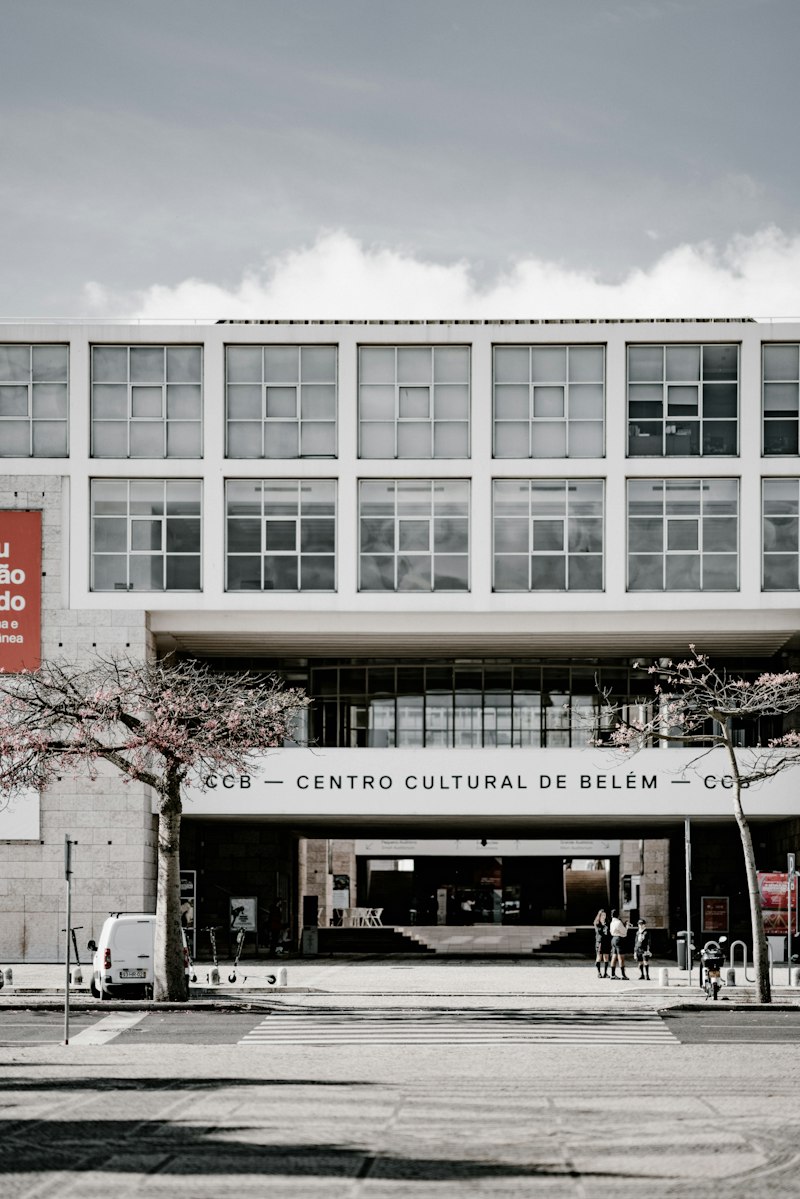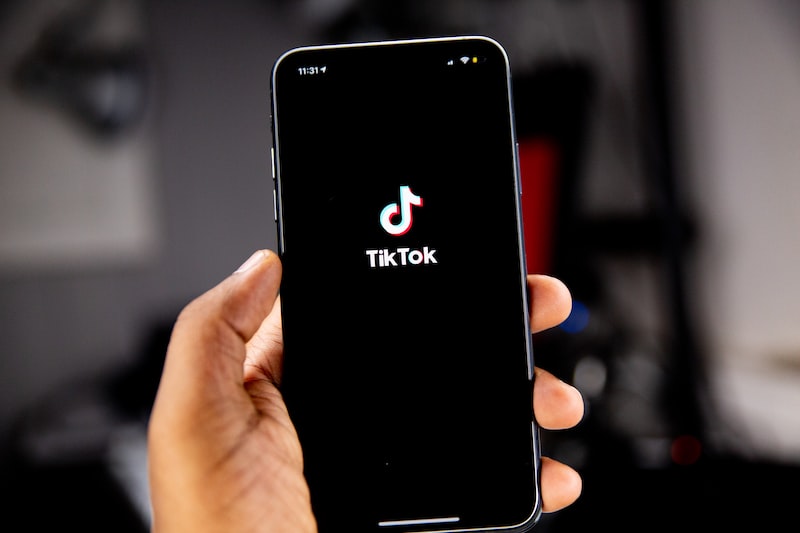Table of Contents
Are you ready to enhance your school’s cultural competence and create an inclusive environment for all students? In today’s diverse world, it is crucial for educational institutions to embrace cultural competence as a core value. By implementing effective strategies, schools can ensure that every student feels seen, heard, and valued. Let’s explore some practical approaches to promoting cultural competence in education.
First and foremost, fostering open dialogue and encouraging respectful communication among students from different backgrounds is vital. Creating safe spaces where individuals can share their unique perspectives and experiences helps build empathy and understanding. By actively listening and engaging in meaningful conversations, students can develop a deeper appreciation for cultural diversity.
Another powerful strategy is providing culturally responsive curriculum and instructional materials. It’s essential to incorporate diverse narratives, histories, and perspectives into the classroom. By doing so, students can see themselves reflected in the curriculum and gain a broader understanding of the world around them. Teachers should also be encouraged to use teaching methods that accommodate various learning styles and cultural backgrounds.

Professional development plays a significant role in building cultural competence among educators. Schools should invest in training programs that help teachers develop the knowledge and skills necessary to meet the needs of diverse student populations. These programs can include workshops, seminars, or even partnering with community organizations to provide specialized training.

Building strong relationships with families and communities is another critical aspect of promoting cultural competence. Schools should actively involve parents and caregivers in their children’s education, respecting and valuing their cultural perspectives. Engaging families through events, workshops, and outreach programs creates a collaborative partnership between home and school, enhancing cultural understanding and support.
Breaking Barriers: How Schools Are Embracing Cultural Competence to Foster Inclusive Classrooms
Picture this: a classroom where students from diverse backgrounds come together, celebrating their unique
cultures, sharing their stories, and learning from one another. In recent years, schools across the globe have started breaking down barriers by embracing cultural competence, an approach that promotes understanding, respect, and inclusivity among students and educators. This article explores how schools are actively working towards creating inclusive classrooms through cultural competence.So, what exactly is cultural competence? It refers to a set of skills, knowledge, and attitudes that enable individuals to understand, appreciate, and interact effectively with people from different cultures. In the context of education, cultural competence empowers educators to create an environment where students feel valued, respected, and understood, regardless of their cultural background.
One way schools promote cultural competence is by incorporating culturally relevant curriculum and resources into their teaching practices. By including diverse perspectives, histories, and traditions in the curriculum, students gain a deeper understanding of the world around them. Imagine studying history from multiple viewpoints or reading literature that reflects the experiences of various cultures. Such an approach not only enriches the educational experience but also helps students develop empathy and respect for others.
Moreover, schools are investing in professional development programs for teachers to enhance their cultural competence skills. These programs provide educators with the tools and strategies they need to create inclusive classrooms. Teachers learn to recognize and challenge biases, employ culturally responsive teaching methods, and facilitate open discussions on sensitive topics. By equipping teachers with these skills, schools ensure that every student feels heard and understood, fostering an environment where diversity thrives.
Another important aspect of promoting cultural competence is fostering partnerships with families and communities. Schools are involving parents and community members in decision-making processes, valuing their input and expertise. When families and communities see themselves as active participants in the education system, it strengthens the sense of belonging for students and helps bridge the gap between home and school.
Unlocking Diversity’s Potential: Innovative Approaches to Culturally Competent Education
Have you ever wondered how we can harness the power of diversity to create a more inclusive and culturally competent education system? In today’s increasingly globalized world, it is crucial that our educational institutions adapt and embrace the rich tapestry of cultures and perspectives that exist within their classrooms. This article explores innovative approaches to unlocking the potential of diversity in education and highlights the importance of culturally competent teaching.
One key aspect of culturally competent education is recognizing and valuing the diverse backgrounds and experiences of students. It goes beyond mere tolerance and instead aims to create an environment where every student feels seen, heard, and respected. This can be achieved through inclusive curriculum design that incorporates diverse voices, histories, and cultural traditions. By doing so, students not only gain a deeper understanding of different cultures but also develop empathy and critical thinking skills.
Another important aspect is providing professional development opportunities for educators to enhance their cultural competence. Teachers play a pivotal role in shaping the educational experience of students, and by equipping them with the tools and knowledge to navigate cultural differences, they can create more inclusive learning environments. Workshops, training sessions, and ongoing support can help teachers develop strategies to address biases, promote cultural awareness, and foster meaningful connections with students from diverse backgrounds.
Technology also offers exciting possibilities for promoting cultural competence in education. Virtual reality, for instance, allows students to explore different cultures firsthand by immersing themselves in virtual environments. This immersive experience can broaden students’ horizons, challenge stereotypes, and foster a greater appreciation for diversity. Additionally, online platforms provide opportunities for global collaborations, enabling students from different parts of the world to engage in joint projects and learn from one another.
unlocking the potential of diversity in education requires innovative approaches and a commitment to culturally competent teaching practices. By valuing diversity, providing professional development for educators, and utilizing technology, we can create inclusive learning environments that prepare students to thrive in an interconnected and diverse world. Let us embrace the power of diversity and harness it to shape a brighter future for education.
Empowering Educators: The Key Role of Professional Development in Building Cultural Competence
Have you ever wondered how educators can create an inclusive and culturally responsive learning environment? The answer lies in the power of professional development. In today’s diverse society, it is crucial for educators to possess cultural competence—a deep understanding and appreciation of different cultures. Let’s explore how professional development plays a key role in empowering educators to build cultural competence.
Professional development serves as a catalyst for growth and transformation. It equips educators with the knowledge, skills, and strategies needed to effectively engage with students from diverse backgrounds. By participating in workshops, trainings, and conferences focused on cultural competence, educators gain valuable insights into the experiences, histories, and perspectives of their students.
Through professional development, educators learn about the importance of creating inclusive classrooms that honor diversity. They discover ways to integrate culturally relevant content into their curriculum, ensuring that all students feel seen, heard, and valued. By embracing cultural competence, educators foster a sense of belonging among their students, leading to increased engagement and academic success.
Imagine a classroom where students from different cultures come together, sharing their unique traditions, beliefs, and stories. This is the vision that professional development can make a reality. It empowers educators to break down barriers, challenge stereotypes, and promote mutual understanding among students.

Professional development also encourages self-reflection and personal growth. It prompts educators to critically examine their own biases and assumptions, allowing them to identify and address any unconscious prejudices they may hold. By fostering a culture of continuous learning, professional development inspires educators to become lifelong learners and advocates for social justice.
professional development is the key to empowering educators in building cultural competence. By investing in their own growth and development, educators become agents of change who shape the future of education. Through their efforts, they create inclusive learning environments where every student can thrive. So, let us embrace the transformative power of professional development and work together to empower educators in their journey towards cultural competence.
Navigating Multicultural Landscapes: Schools Share Best Practices for Promoting Cultural Understanding
In today’s interconnected world, fostering cultural understanding has never been more important. With diverse student populations in schools, educators play a vital role in creating inclusive environments that celebrate multiculturalism and promote harmony. By embracing best practices, schools can navigate the complex terrain of multicultural landscapes and cultivate an atmosphere of respect and appreciation for different cultures.
One effective strategy employed by schools is integrating multicultural content into the curriculum. Rather than solely focusing on mainstream perspectives, educators incorporate materials that reflect the diversity of their student body. This approach allows students to explore various cultures, traditions, and histories, broadening their horizons and nurturing empathy. By studying literature, art, and history from different cultures, students gain a richer understanding of the world around them.

Furthermore, promoting cultural understanding goes beyond textbooks and classrooms. Schools encourage cultural exchange by organizing events and activities that highlight different cultural traditions. From international food festivals to heritage months, these celebrations provide opportunities for students to share their cultural experiences with their peers. By actively participating and engaging in these events, students develop a deeper sense of appreciation for diversity.
Another crucial aspect of promoting cultural understanding is fostering open dialogue. Schools create safe spaces where students can express their thoughts, ask questions, and share personal experiences. Through respectful conversations and active listening, students learn to appreciate different perspectives and challenge stereotypes. These discussions enable them to confront biases and misconceptions, paving the way for a more tolerant and inclusive society.
Moreover, schools collaborate with community organizations and invite guest speakers to share insights about their cultures and traditions. These external resources offer firsthand experiences, allowing students to connect with individuals from different backgrounds. By forging connections with the broader community, schools foster a sense of belonging and engagement among students.
navigating multicultural landscapes requires intentional efforts from schools to promote cultural understanding. By integrating multicultural content into the curriculum, organizing cultural events, facilitating open dialogues, and collaborating with community organizations, schools create inclusive environments that celebrate diversity. These best practices empower students to embrace different cultures, challenge biases, and foster a more harmonious society. Through these collective efforts, we can pave the way for a future where cultural understanding thrives, uniting individuals from all walks of life.





